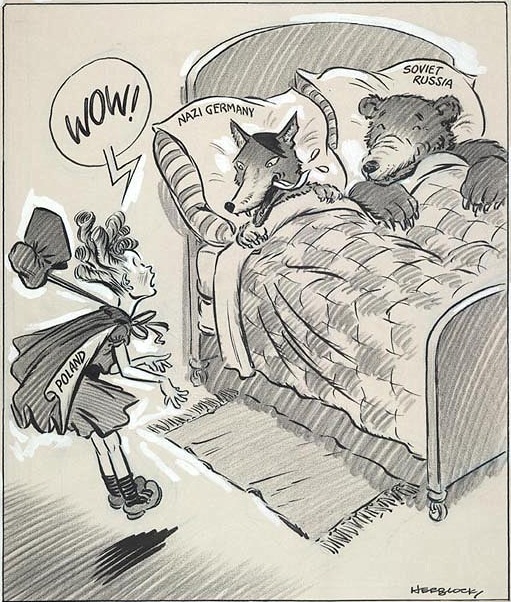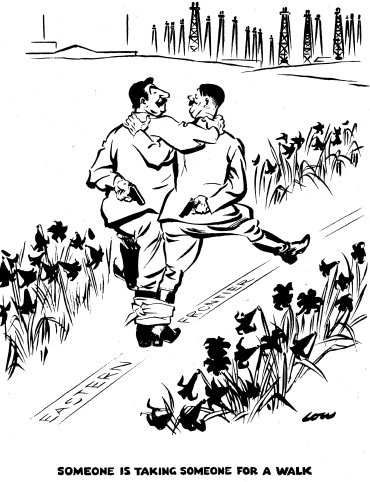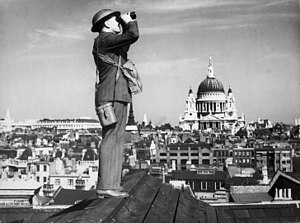End of U-boats
in the Battle of the Atlantic
The end for the U-boats was because;
the Allies kept adding new escorts, developed new weapons and perfected the
convoy system which easily defeated the wolf packs. While they still have the
U-Boats without new advances.By the end of the war, the U-Boats in the battle of
the Atlantic had sent more than 3000 ships and some Allied shipping. Because of
these shipping the Allies sank almost 800 U-Boats and in which many people
died.
During the early war, German U-Boat successes against
British shipping had been so remarkable, that the Allies made the defeat of
German U-Boats.
The grand Admiral Karl Donitz,
commander of the German U-Boat force understood the potential of the
submarine’s unconventional ability, and believed Germany could fight a naval
power like Great Britain, and win. He was the only one that thought they could
win no one else thought that.
While having the super battleships of Germany such as the Bismarck had only made legends
as being hunted down and sunk by the Royal Navy in the battle, grand Admiral Karl Donitz was right
because the German U-Boats continue to have many losses on Allied shipping.
Finally, the greatest effort was in the development of a true submarine,
instead of the mere submersibles of the U-boats. What Donitz desperately wanted
was a vessel that could travel rapidly underwater, stay there for weeks and
attack while submerged.
In conclusion we can see that the U-Boats was a great advance and
invent. But unfortunately it didn’t work on the battle. These was a big
cause why the Germans lost.
By: Valeria Gomez







